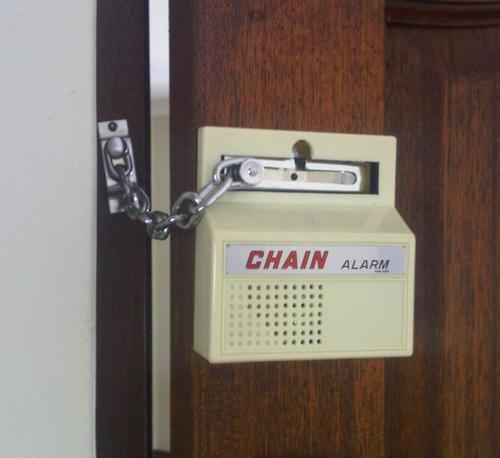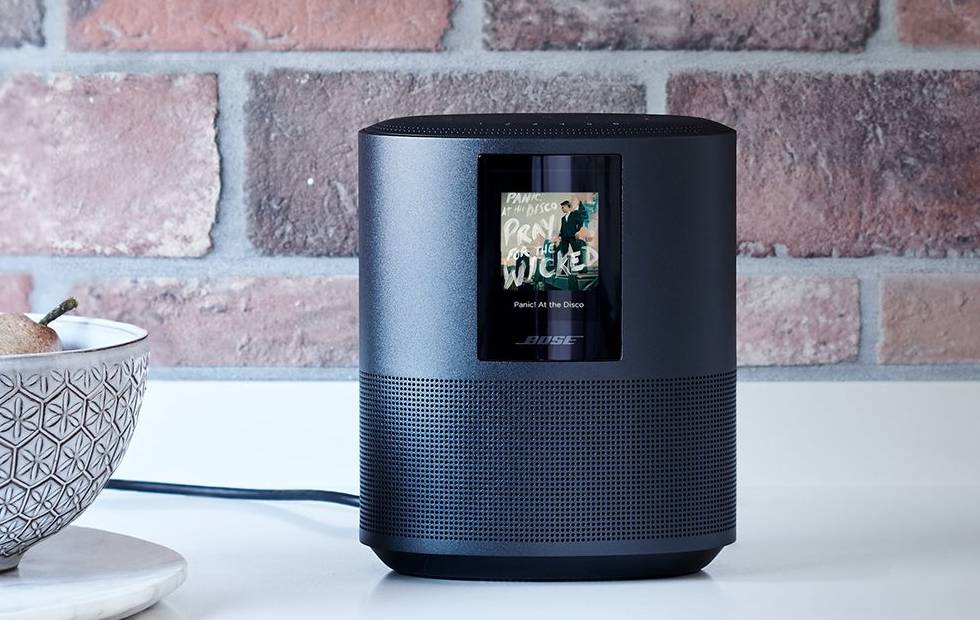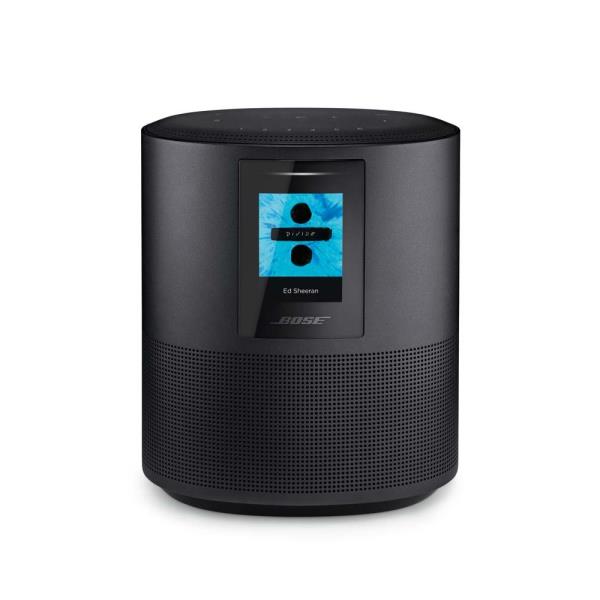Table of Content
Thanks to 120-decibel alarms that are loud enough to startle intruders, an easy to use the program and contemporary design, these are the best on the market. With easy access buttons and simple controls, operating GE Personal Security alarm is straightforward, allowing you to secure your home in just a matter of minutes. What’s more, you can enjoy adjustable settings, built-in battery tests and a 90-day limited warranty. For less than 10 dollars, you really can’t go wrong with these. For more amazing products that will improve your home safety, check out our guide to the best security cameras.

Homeowners who are looking for a softer alarm (for example, to place in a child’s room) may want to consider the Secrui Wireless Door Open Chime. Secrui allows you to choose between 52 alert chimes that go up to 110 decibels. You can also choose a specific chime and adjust the volume, which can be ideal if you want to set a different tone for each door and window. If you cannot access or replace the batteries somehow, don’t hesitate to inform the security service provider company. Finally, as you are done with changing the batteries, test the system to check if it works as it should have. We know that your time is valuable and you may not be able to review every camera motion alert taking place on your property.
The Best Door and Window Alarms Tested in 2022
They use a motion-detection sensor to determine if anything is moving within a range specified by the manufacturer, typically around 15 to 35 feet. The range and sensitivity of these motion detectors vary greatly, so research products before deciding. You’ll be glad to know you can get the security and peace of mind you’re looking for in your home for around $30 or less.

The sensor and magnet are placed on the parts of the door or window that meet. When the door or window opens, the contact is broken, causing a signal to be sent to the hub. Some alarms come with test buttons, but others should be tested by trying to open the door or window in question to ensure they’re working.
How We Chose Our Selection Of The Best Door Alarm
The downside to this type of alarm is that a separate sensor is needed for every window since it detects vibration and not sound. Those with multiple windows to secure may prefer a glass-break sound sensor, which is designed to detect the sound of glass breaking and set off an alarm. We really liked the YoLink alarms, but we wished they also offered an audible alert function, such as a chime or a siren that sounded when a door was open.
9Advanced online security features are available to US customers with eero Secure, which is included with a Ring Protect Pro subscription. 6Your Ring videos in the cloud are stored temporarily, up to 180 days. Changing your video storage time will only affect videos that are recorded after you adjust your storage time setting. You can also store locally on a microSD card using Ring Edge.
ADT Door & Window Sensor
Vibration sensors are applied directly to a window or a door and detect vibrations that run through the material. The vibration will trigger the alarm if it exceeds a certain threshold. However, these alarms can sometimes be triggered by heavy rain, snow, hail, or just someone knocking on the door, so they could result in false alarms. Motion detectors and alarms are regularly used in comprehensive security systems to help detect the presence of an intruder and sound an alarm.
We removed one of the sensors we’d placed on an interior house door and took it to our shop, which sits about ⅛ mile away from the house. We installed it on the shop door, not really expecting it to work, but when we opened the door, we got an alert on our smartphone. Glass-break vibration sensors differ slightly from their sound sensor counterparts. They detect the vibration—not the sound—of a glass pane as it breaks, so they must be installed directly on the window itself. The upside is that breaking a drinking glass will not set them off, but the downside is that every window the user wants to secure must have its own alarm installed. Any type of home security system is designed to keep the house and its inhabitants safe from property damage and theft.
You can add Virtual Security Guard11 to a compatible Ring Protect subscription for an additional $99/month per location. Virtual Security Guard is only available as a monthly subscription and you can cancel anytime. Rapid Response is the seller and provider of the camera motion monitoring service and agents.

If you’re using alarms to keep people out, you may want an alarm on all entry points to keep yourself safe. If your goal is to prevent a toddler from escaping your home, you may only need sensors on specific doors and windows. Pet protection—If you have a pet, you might want to look for a door alarm with pet protection. These motion sensors know the difference between an intruder and a pet and prevents the alarm from going off when the pet is walking around the home. Remote operation—In many instances, door alarms can be operated while you’re away from your home.
Should you need to let someone past your door alarm, you can typically disarm the device, as well. Wireless installation—Most door and window alarms work on a wireless system, connecting to your home system using a cellular or broadband internet connection. This means that you don’t need to place your door and window alarms near outlets.

All the door and window alarms that earned a spot on this lineup offer a measure of security and peace of mind, but our favorite is the YoLink door and window alarm. It earned our Best Overall award because the sensors sync with smart devices, and the hub uses LoRa radio-signal technology to extend the range of the sensors up to ¼ mile. Our budget pick, the GE door and window alarm, is affordable and offers point-of-use sirens to scare away intruders or notify users when a door or window opens. Contact sensors and motion alarms are the two main types of door and window alarms.
We literally jumped when we opened the door and triggered the alarm function. The manufacturer claims that the alarm is 120 decibels , and while we didn’t have a sound tester, it startled us enough to wear ear protection while testing the sensors. We installed one of the contact sensors on an interior door, and the YoLink app detected it and prompted us to name it. We called it “master bathroom.” The sensor sent an alert to our smartphone when we opened the door. We then installed the rest of the sensors on other doors in the house. They all worked similarly, sending alerts to our phone when a door was opened.






